Back in the day, life felt simpler. Phone numbers belonged to houses, not people. If someone wanted to reach you, they’d dial the family landline—and if no one picked up, well, they’d try again later. Communication ran through post office boxes, carefully handwritten letters, or neighborhood gossip shared over a low fence.
Now? We carry our entire lives in our pockets. Our phones are no longer just phones—they’re cameras, wallets, diaries, maps, and—most importantly—social media control panels. In just a few clicks, we share our birthdays, family photos, location, work history, and even our emotional state with the world.
But while we’ve evolved in how we connect, so have the threats. Hackers, scammers, and impersonators are now just one bad password or phishing link away from hijacking our digital identity. So the question is: how do you secure your social media accounts in this hyper-connected world?
Here’s a practical, straightforward guide to locking down your digital presence.
Use Strong, Unique Passwords for Each Account
Let’s start with the obvious but most ignored step: your password. If your password is still something like John123 or ilovecoffee, it’s time to level up.
What to do:
- Use long passphrases (e.g. CoffeeInMyMug2024!)
- Don’t reuse passwords across platforms.
- Consider using a password manager to keep track of them all.
Why it matters: If one platform is breached and you’ve used the same password everywhere, attackers can access your entire digital life in minutes.
Turn On Multi-Factor Authentication (MFA)
MFA is the security guard standing between a hacker and your account. Even if they have your password, they can’t get in without your phone or an authentication code.
Watch Out for Phishing Attempts
Hackers are crafty. Sometimes, they don’t hack the platform—they hack you. They send convincing-looking messages to trick you into clicking a link or entering your login details.
Lock Down Your Privacy Settings
Most platforms default to public visibility. That means anyone—from an old friend to a fraudster—can see your posts, photos, and personal info.
What to do:
- Review who can see your posts, who can tag you, and who can message you.
- Limit public access to your profile details (like birthdate, contact info, and friend list).
- Hide old posts or set them to “friends only.”
Less is more when it comes to what strangers can see.
Don’t Overshare
You don’t need to post every vacation in real-time or announce your birthday with the year. Social media is great for staying connected, but it’s also a goldmine for hackers collecting personal details.
What to do:
- Avoid posting your full birthdate, address, or travel plans.
- Think before you post: “Could this info help someone guess my security questions?”
- Delay vacation photos until you’re back home.
Hackers love it when you tell them your dog’s name. It’s probably your password.
Regularly Review Connected Apps and Devices
You’ve probably logged into other apps using Facebook, Google, or Instagram. Over time, these third-party apps can stack up—and not all of them are trustworthy.
What to do:
- Go into your settings and review connected apps.
- Revoke access to anything you no longer use or don’t recognize.
- Log out of devices you don’t use anymore.
Bonus: This also helps reduce your digital clutter.
Monitor Your Account Activity
Stay alert. Many platforms let you view your login history and devices.
What to do:
- Check for logins from unfamiliar locations or devices.
- Get notifications when new devices log in.
- Immediately secure your account if anything seems suspicious.
Better to overreact than overlook.
Back Up Your Accounts
Some platforms allow you to download a copy of your data. It’s a good idea to do this occasionally, especially for content-heavy accounts.
What to do:
- On platforms like Facebook or Instagram, go to “Settings > Your Information > Download Your Data.”
- Save a local copy in case your account is ever hacked or lost.
It’s like having a digital insurance policy.
What to Do If You Think You’ve Been Hacked
If your account is posting weird links, your profile info changes without you doing it, or you’re suddenly locked out, act quickly:
- Change your password immediately.
- Revoke access to suspicious apps.
- Enable MFA (if you haven’t already).
- Report it to the platform’s support team.
And if you’re locked out completely? Most platforms have account recovery processes—just be ready to prove you’re you.
Final Thoughts: Your Social Media, Your Responsibility
In the days of handwritten letters and rotary phones, identity theft looked very different (and took a lot more effort). Today, someone can impersonate you, scam your friends, or hijack your professional reputation with just a few clicks.
But the good news? You’re not powerless. With a little effort and a few smart habits, you can lock down your social media accounts and enjoy the online world without handing the keys to a stranger.
So go ahead—post, connect, and share—but do it smartly.
Have you ever had your account hacked or seen someone impersonate you online? What did you learn from it? Let’s talk about it in the comments.
#CyberSecurity #SocialMediaSafety #OnlinePrivacy #AccountSecurity #DigitalDefense #TechTips #StaySafeOnline
